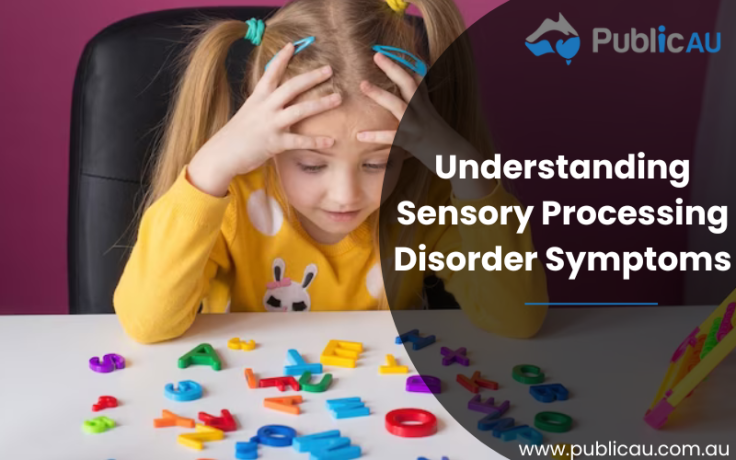
Autism is a complex and fascinating neurological condition that affects individuals in unique ways. With its wide spectrum of symptoms and characteristics, understanding autism can be both challenging and rewarding. In this blog post, we will delve into the five different types of autism, shedding light on the diverse experiences of those living with this condition. Join us as we explore the intricacies of autism and gain a deeper understanding of how it manifests in various forms.
What Is Autism?
Autism, also known as Autism Spectrum Disorder (ASD), is a complex developmental disorder that affects communication, social interaction, and behaviour. It is a lifelong condition that typically begins in early childhood and persists throughout an individual’s life. Autism is a spectrum disorder, which means that it can manifest itself in many different ways and to varying degrees of severity.
Individuals with autism may have difficulty understanding and interpreting nonverbal cues such as facial expressions, body language, or tone of voice. This can make it challenging for them to communicate effectively with others. They may also struggle with verbal communication, including difficulties with speech clarity or the use of language in a meaningful way.
There are also different types of autism within the broader ASD category, including Asperger’s syndrome and Pervasive Developmental Disorder-Not Otherwise Specified (PDD-NOS). While there are some similarities between these subtypes, they also have distinct characteristics.
What Are The 5 Different Types Of Autism?
Autism is a complex neurodevelopmental disorder that affects an individual’s social, communication, and behavioural skills. It is often referred to as Autism Spectrum Disorder (ASD) because it encompasses a wide range of symptoms and severity levels. While all individuals with autism share certain core characteristics, their experiences can vary greatly. In this section, we will explore the different types of autism and their distinctive features.
⇒ Classic Autism:
Also known as Autistic Disorder or Kanner’s Syndrome, classic autism is the most severe form of ASD. It is usually diagnosed in early childhood and is characterised by significant deficits in social communication and interaction skills such as maintaining eye contact, initiating conversations, and understanding nonverbal cues. Individuals with classic autism also display repetitive behaviours and have difficulty adapting to changes in routines or environments.
⇒ Asperger’s Syndrome:
This type of autism was previously considered a separate disorder but was later included under the umbrella term of ASD in 2013. Individuals with Asperger’s Syndrome typically have average to above-average intelligence but struggle with social interactions and communication skills due to difficulties understanding subtle social cues and body language.
⇒ Pervasive Developmental Disorder- Not Otherwise Specified (PDD-NOS):
This type of autism includes individuals who exhibit some characteristics of ASD but do not meet the full criteria for any other specific type of autism. Symptoms may be milder than classic autism or more severe than Asperger’s Syndrome.
⇒ Childhood Disintegrative Disorder (CDD):
CDD is a rare type of autism where children develop typically until around age 3-4 before losing previously acquired skills such as language abilities, motor skills, and social functioning.
⇒ Rett Syndrome:
This genetic condition primarily affects females and involves regression in physical development after achieving early milestones such as sitting up or walking normally at around 6-18 months old.
Understanding the different types of autism can help us recognize and support individuals on the spectrum better. However, it is essential to remember that each person with ASD has their own strengths and challenges, and no two individuals will have the same experience. With proper understanding and acceptance, we can create a more inclusive society for individuals with autism.
Summing Up
In conclusion, understanding the different types of autism is crucial in creating a supportive and inclusive environment for individuals with this condition. Each type presents its own unique challenges and strengths, and it is important to recognize and accommodate these differences. By educating ourselves on the various types of autism, we can foster a more compassionate and accepting society for those living with this disorder.



